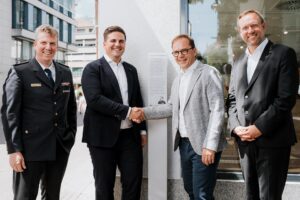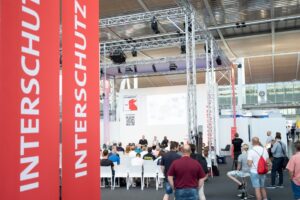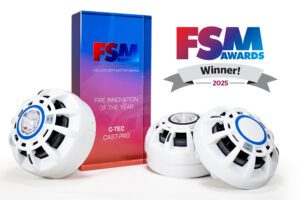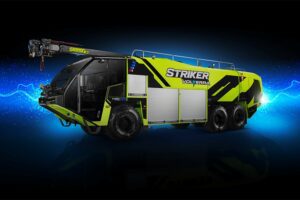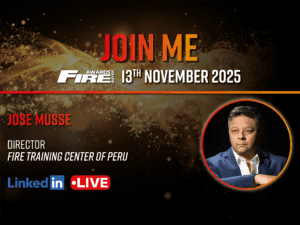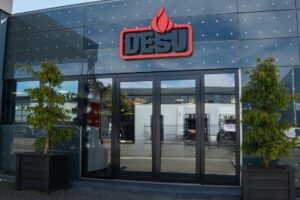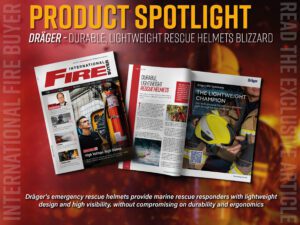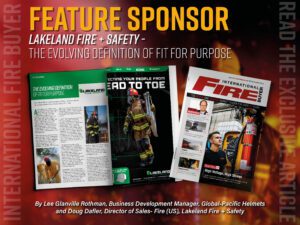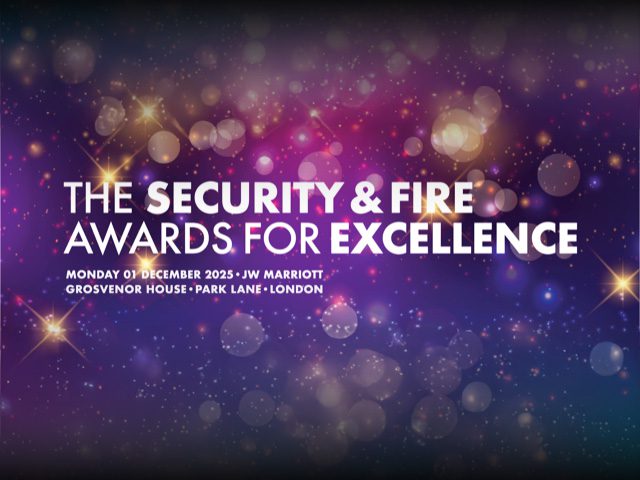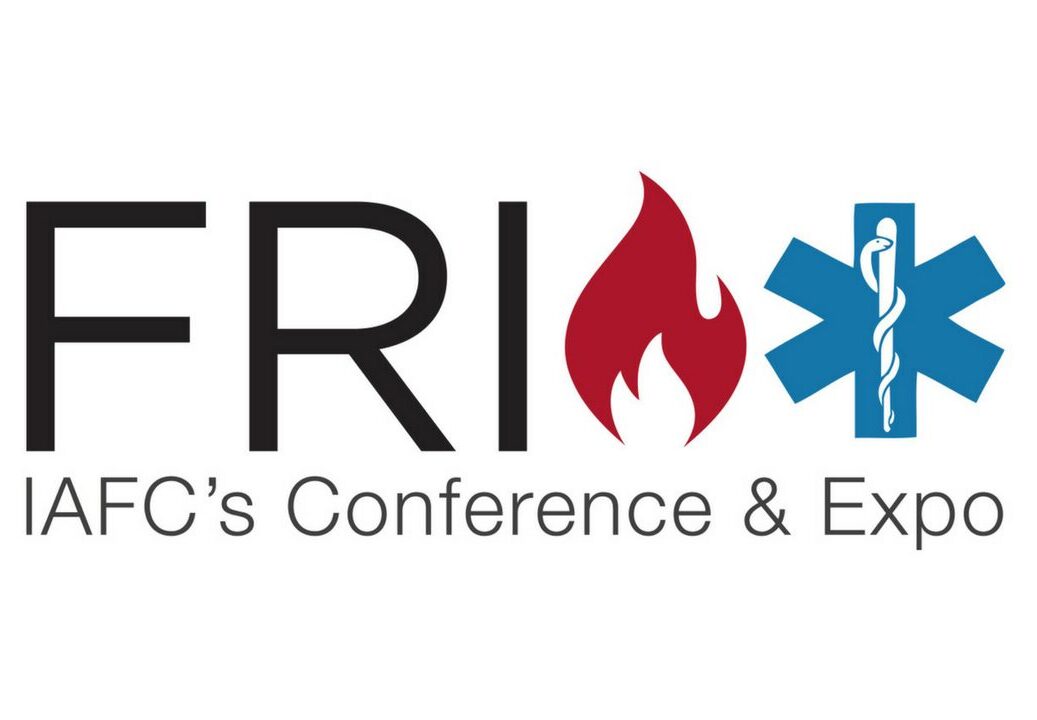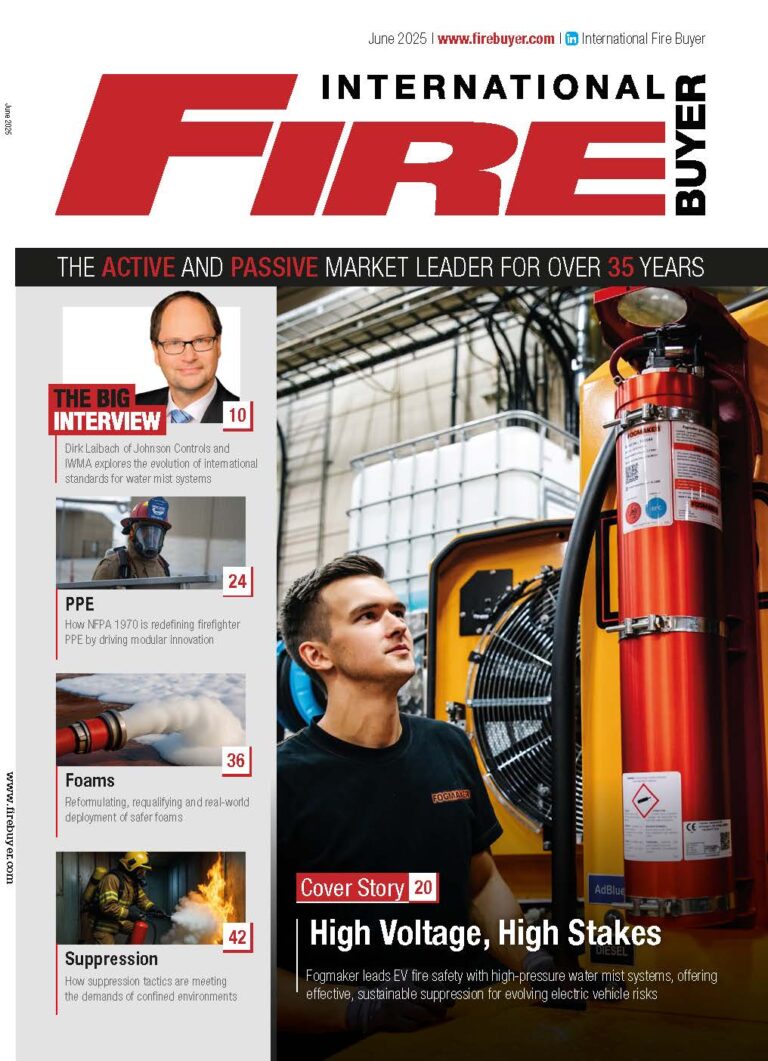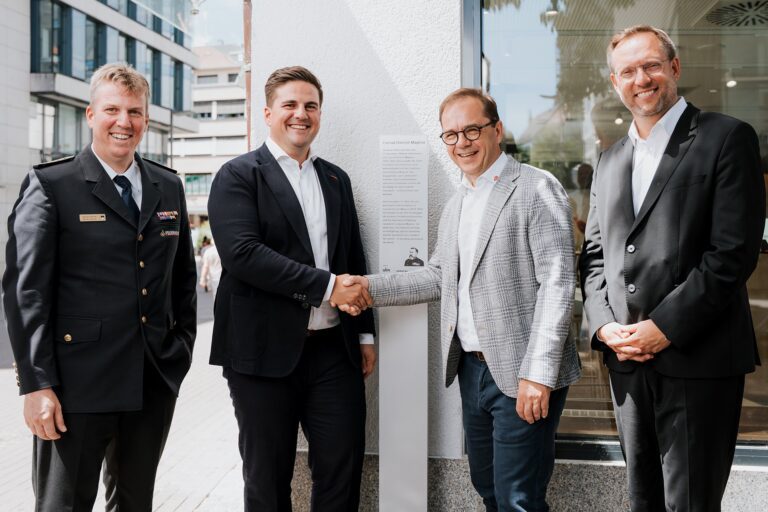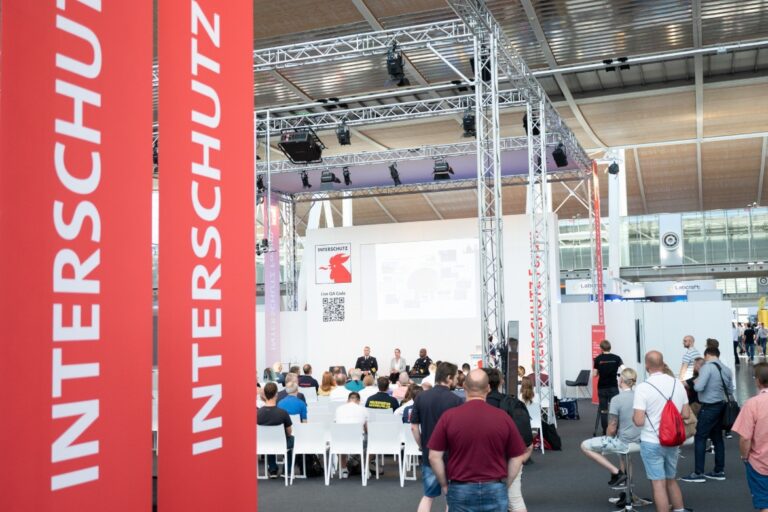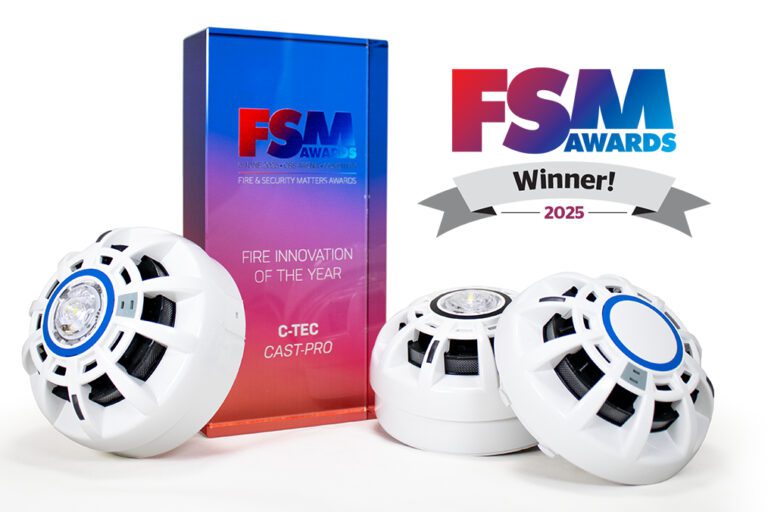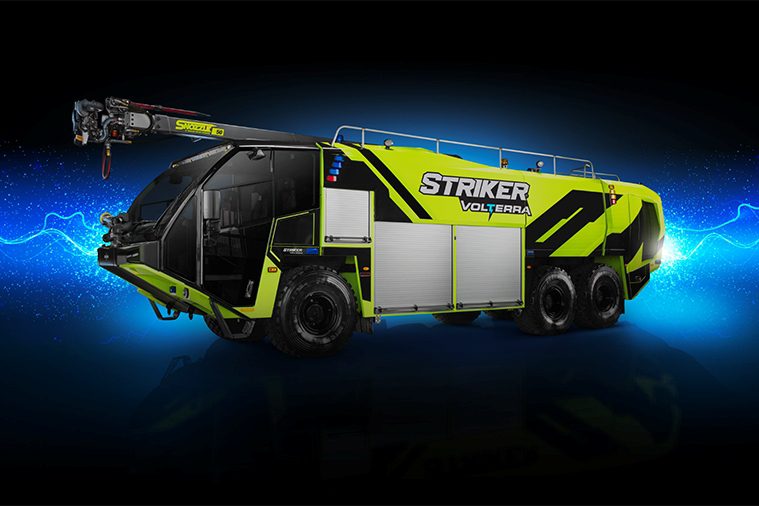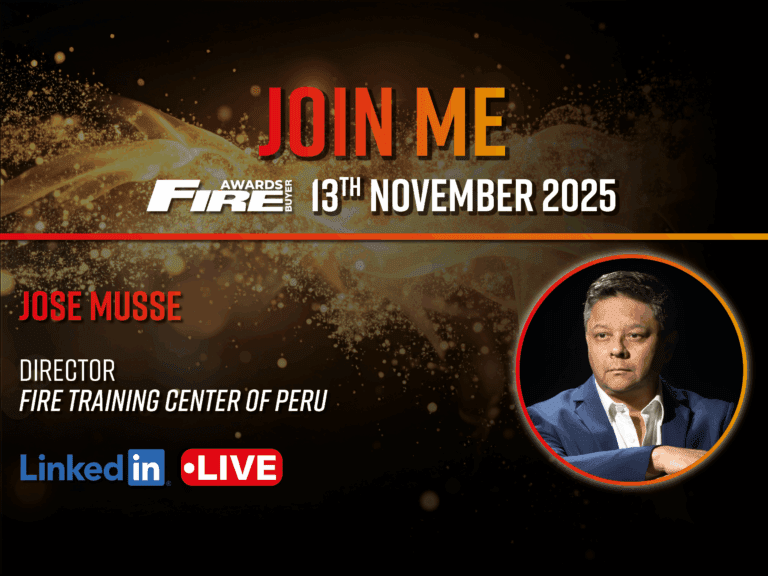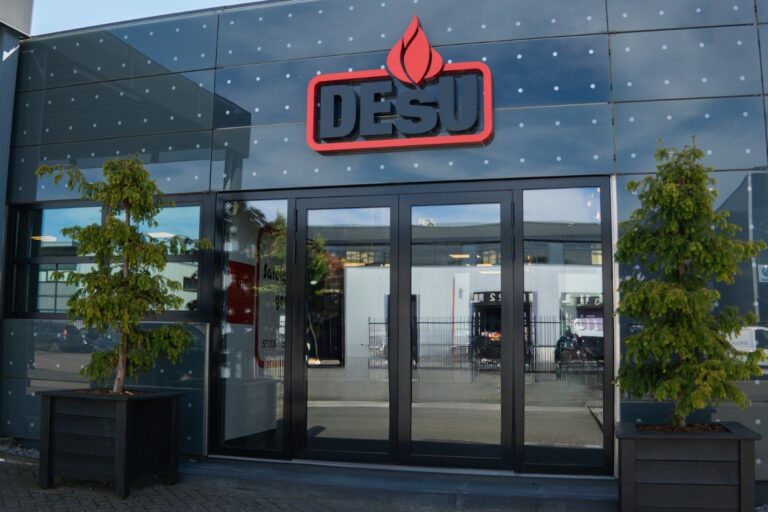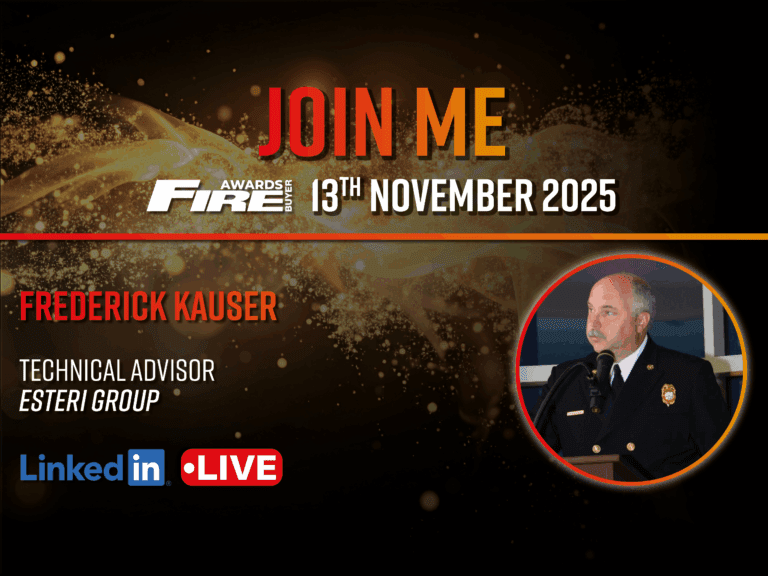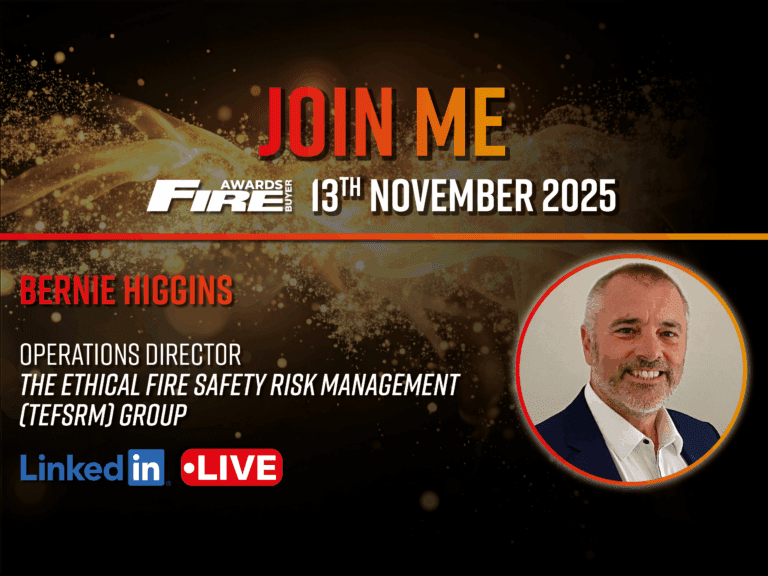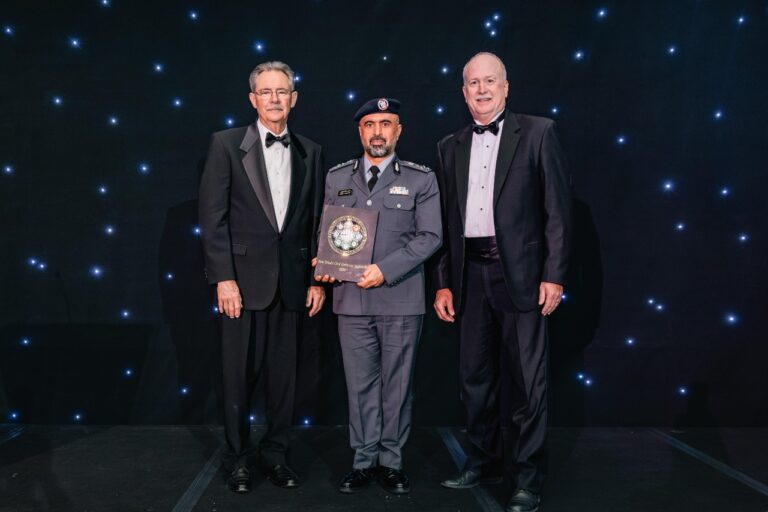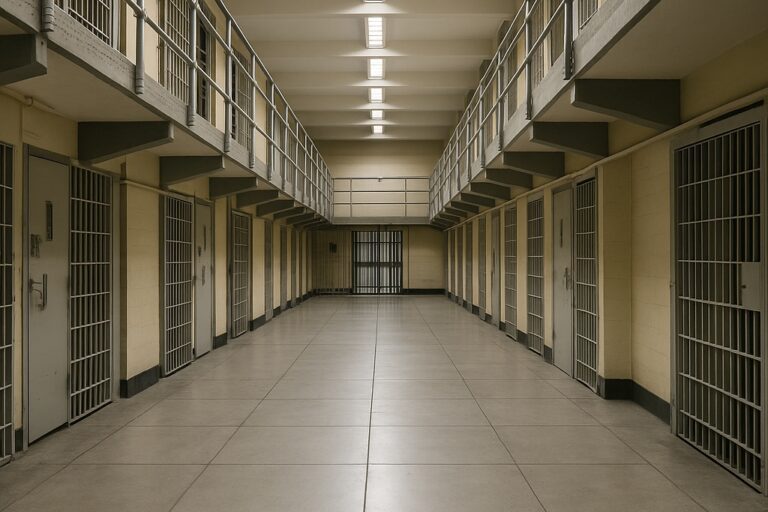Coopers Fire announces they have installed a new state-of-the-art powder coating line in their factory in Ignis House in Waterlooville.
Coopers Fire has historically used specialist local powder coating companies to satisfy its requirements for coated metalwork and has decided to bring this process in-house. By powder coating the metalwork in-house, Coopers Fire can benefit from shorter lead times and improved quality on the painted product.
The powder coating process – The basics
Powder coating or Polyester Powder Coating (PPC) is a multi-step surface finishing process suitable for metal and non-metal substrates. The method includes a preparation, application, and curing stage, and at a minimum, utilises a spray gun, spray booth, and curing oven.
In contrast to the liquid coating process, which utilises a liquid coating suspension, powder coating is a dry finishing process that employs powdered coating material. During the process, the powder is applied to a substrate’s pretreated surface, melted, and then dried and hardened into a protective/decorative coating. There are three stages: surface preparation, coating application, and heat curing.
Environmentally friendly coating
Powder coatings can be applied in a wide range of colors, finishes, textures, and thicknesses that are not readily achievable through conventional liquid coating methods. The final finish achieved ranges from matte to glossy, and clear to metallic.
The result produces an even, hard finish that is generally more durable, cost-effective, and environmentally friendly than a comparable liquid coating.
Improved quality
Having a turnkey system means Coopers can ensure the best quality of the finished smoke and fire curtains products as well as be able to complete the manufacturing process faster. This ultimately allows the business to save costs and improve lead times.
The powder coating project was managed in-house by Rachel Kehoe, who is a Coopers Fire Production Engineer. The business chose a system including a spray gun, filtration extraction booths with a dedicated fire detection system, a large oven, and a manual conveyor to move the metalwork around the area.
Movement of metalwork
The conveyor allows the movement of the metalwork around the powder coating area. The metalwork is loaded onto flight bars and pushed through the spray booths.
There are two spray booths located in opposing directions to allow the metalwork to be sprayed from both sides. The metalwork then moves round to the oven and cured at a temperature around 200 degrees Celsius and then offloaded back into the drying area once cured. Once the powder-coated part is cool enough to handle, the part can be, if necessary, assembled, packaged and shipped.
To read more exclusive features and latest news please see our February issue here.
Media contact
Rebecca Morpeth Spayne,
Editor, International Fire Buyer
Tel: +44 (0) 1622 823 922
Email: [email protected]

